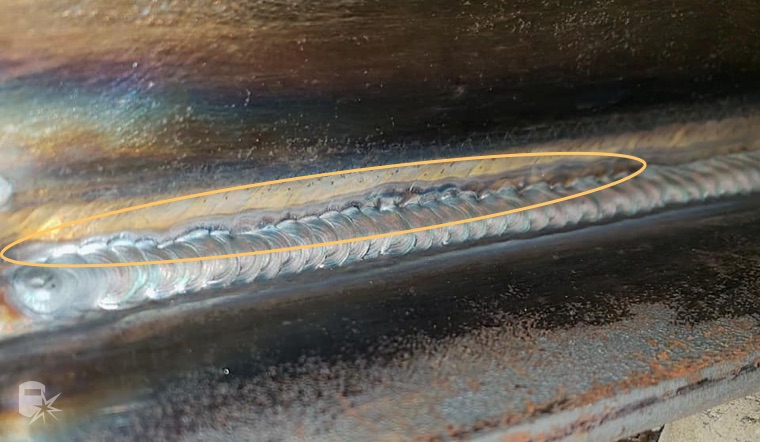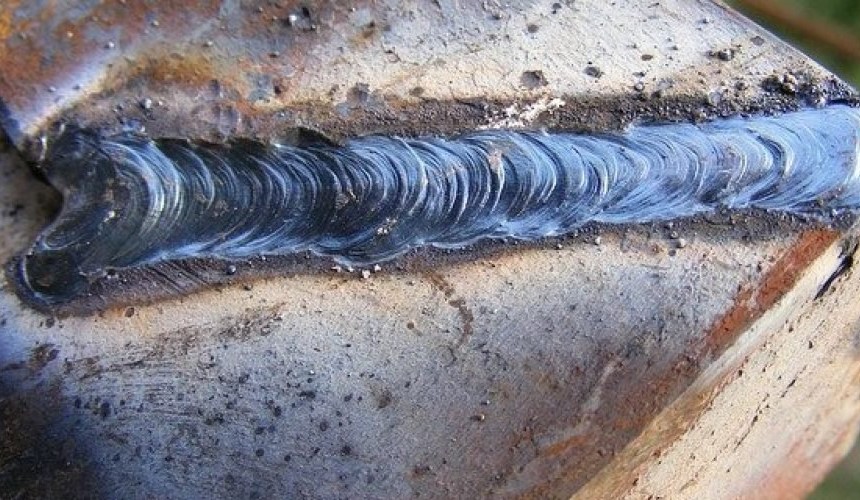Professional Approaches for Preventing Weld Undercut Properly
Professional Approaches for Preventing Weld Undercut Properly
Blog Article
Necessary Tips for Welders: Avoiding Undercut Welding and Ensuring Stronger Weld Joints
In the world of welding, achieving strong and sturdy weld joints is the keystone of generating high-quality work. One common challenge that welders typically experience is undercut welding, which can compromise the stability of the weld joint.

Understanding Undercut Welding
Undercut welding is a common welding defect that happens when the weld steel falls short to correctly fill the groove and causes a groove-like clinical depression along the weld grain. This defect deteriorates the weld joint, making it susceptible to breaking and failure under tension. Damaging can be triggered by different aspects, including excessive welding existing, high welding rate, inappropriate electrode angle, wrong electrode size, and poor welding method.
One of the main reasons for undercut welding is an inequality between the welding current and the welding rate. If the welding current is too expensive or the welding rate is too fast, the weld steel may not adequately fill up the groove, resulting in damaging. Additionally, using an electrode that is as well huge can lead to a similar result, as the excess steel can not correctly flow into the groove.
To avoid undercut welding, welders ought to ensure they are using the appropriate welding parameters, maintain an ideal electrode angle, choose the suitable electrode size, and practice proper welding methods. By resolving these variables, welders can minimize the risk of undercutting and create stronger, more dependable weld joints.
Appropriate Welding Method
Efficient welding method plays a vital function in making sure the high quality and stability of weld joints. Appropriate welding technique involves a mix of adherence, skill, and precision to finest practices. One fundamental facet of correct welding method is preserving the correct angle and range in between the welding gun and the work surface. Welders need to also pay very close attention to the traveling rate and heat input to avoid concerns like damaging, porosity, or incomplete fusion.
Additionally, a regular and consistent hand motion is essential for producing strong and sturdy weld joints. Welders ought to go for smooth, uniform activities to make sure also distribution of the weld product. Appropriate adjustment of the welding gun and filler product is also vital to achieving optimum penetration and combination.
Furthermore, managing the warmth input and choosing the ideal welding parameters based upon the product being welded are essential elements in attaining top quality welds - Preventing weld undercut. Welders must follow the suggested setups provided by welding procedure requirements and adjust them as required based on the certain requirements of the project. By mastering correct welding strategies, welders can substantially boost the stamina and dependability of their weld joints
Picking the Right Electrode
When thinking about the value of picking the appropriate electrode in welding applications,Keeping the correct angle and distance between the welding gun and the workpiece is fundamental. The choice of electrode plays a vital duty in establishing the top quality and toughness of the weld joint. Electrodes can be found in various kinds, each designed for specific purposes and products.
To start with, picking the ideal electrode size is crucial. Thinner electrodes are ideal for welding slim products, while thicker electrodes are better for thicker materials and higher heat applications. Matching the electrode size to the density of the work surface assists achieve a balanced weld.
Secondly, comprehending the material composition of the electrode is vital. Different electrodes are developed for welding details products like steel, stainless-steel, aluminum, or cast iron. Using the correct electrode product makes certain excellent combination and reduces the risk of defects in the weld.
Last but not least, taking into consideration the welding setting and method is essential when choosing the electrode kind. Certain electrodes look at this web-site are much better fit for above or vertical welding settings, while others work well for level or horizontal positions. Picking the best electrode based upon the welding method enhances the total weld high quality and honesty.
Preparing the Base Metal
To ensure an effective welding process, what first steps should be taken when preparing the base steel for welding? Correctly preparing the base steel is important for see this site achieving durable and strong weld joints. The primary step in preparing the base steel is to cleanse it completely to eliminate any contaminants such as rust, paint, oil, or dust. This can be done using a cable mill, brush, or chemical solvents. In addition, any type of existing weld product or deposit from previous welding ought to be gotten rid of to guarantee a tidy surface area for the new weld.

Conducting Post-Weld Examinations

After performing these analyses, welders have to contrast the results against industry criteria and task demands to guarantee that the weld joint meets all necessary criteria. Any kind of inadequacies or deviations uncovered throughout the post-weld evaluation should be without delay attended to with appropriate rehabilitative procedures to ensure the weld's integrity. By faithfully carrying out post-weld inspections and without delay attending to any concerns, welders can maintain the quality and integrity of their work, inevitably contributing to the safety and durability of the welded frameworks.
Conclusion

In final thought, preventing undercut welding and making sure stronger weld joints need a combination of appropriate welding strategy, selecting the appropriate electrode, preparing the base metal appropriately, and carrying out post-weld examinations. By understanding the root causes of undercut welding and implementing the needed precautions, welders can create high-quality weld joints that satisfy sector standards and make sure the architectural stability of the bonded components.
Undercut welding is a typical welding flaw that occurs when the weld metal stops working to effectively fill the groove and results you can check here in a groove-like anxiety along the weld grain (Preventing weld undercut). Damaging can be caused by different aspects, consisting of excessive welding current, high welding speed, incorrect electrode angle, wrong electrode dimension, and poor welding method
One of the primary factors for undercut welding is an inequality in between the welding current and the welding speed. If the welding current is as well high or the welding speed is as well quick, the weld steel might not adequately fill the groove, leading to undercutting.Preserving the right angle and range in between the welding weapon and the work surface is basic when taking into consideration the importance of choosing the right electrode in welding applications.
Report this page